It seems like Sling expects every form POST to modify the JCR. So the expected/standard behavior would be a POST-redirect-GET, which is fine for most things. However, I need to be able to POST to AEM and then use the data in that POST to create a rendered result. Our use of AEM is stateless and so I don't want to carry the POST'd data in Session in order to utilize it in a subsequent GET.
Some have recommended putting the POST'd data in Browser sessionStorage, but that doesn't have broad enough support to be sufficient.
As far as I can tell there is no way for Sling in AEM to take a POST and produce a rendered result.
Here is a screenshot of what a POST produces in the page/resourceType component and in any Sling included jsp's that happen to be involved in the rendering.

I have tried things like using the "nop" operation.
<input type="hidden" name=":operation" value="nop" />
But either way all servlets think a POST is happening and don't render properly.
There is the option of creating a custom servlet, to handle the POST, but then how do you render the templated output and change the request so that all the components think they are serving a GET?
UPDATED:
Here is a screenshot of the "nop" POST.jsp result.
